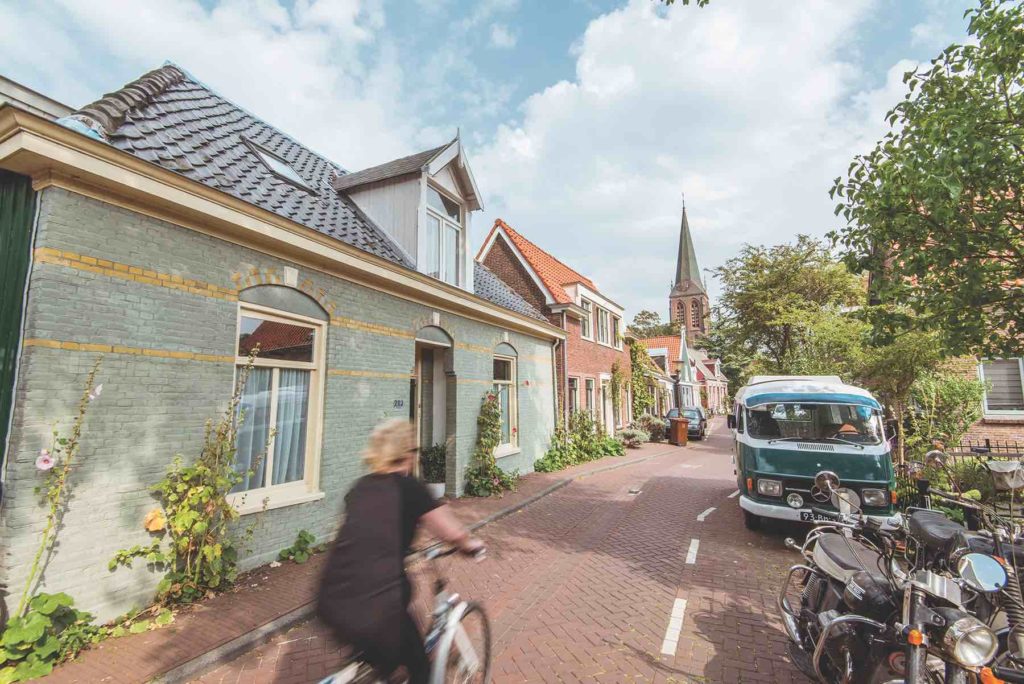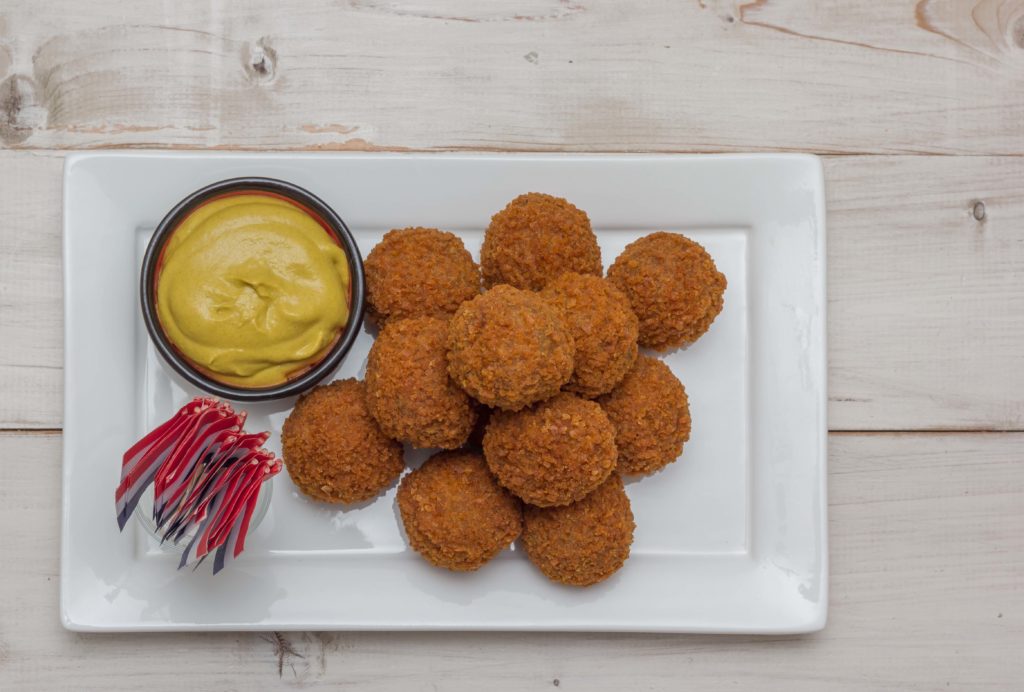DAY 1
As you emerge from busy Centraal Station in Amsterdam, a grand building that’s been welcoming rail travellers since 1889, you’ll walk into a modern city famous for art, liberal culture and canals (which are a designated UNESCO World Heritage site). The bustling city was once a sleepy fishing village, but became a crucial European trading hub by the 17th century.
From the station, it’s a short walk south on Damrak to the 800-year-old Dam Square. It’s home to a number of beautiful old buildings, including the exquisite Royal Palace, former Dutch Royal Family residence. Additionally, they still drop in for official events from time to time.
VENICE OF THE NORTH
As you acclimatize to very tall people—the tallest in the world, according to the Dutch office for national statistics—and fast-moving bikes, hop on one of the many canal tours to get your bearings of the city. Most tours take about an hour and fill you with facts about Amsterdam; facts range from its storied art history to the annual retrieval of about 15,000 bikes from the canals. Some tours let you hop on and off to explore shops and other street life by foot.

Visit Rembrandthuis where the Dutch master lived and worked for 20 years. Also, it’s here that he created some of his most famous works, including 1642’s The Night Watch. Buy a ticket online and reserve a spot to visit the Anne Frank Museum on Prinsengracht (Prince’s canal). This home, where the Frank family spent two years hiding from Nazis, remains one of the most moving experiences in the city.
So, wrap up the day with a stop at the stunning Pulitzer Hotel. The hotel features a labyrinth of 25 connected and stylishly renovated canal houses. The corner restaurant on the ground floor is the perfect perch for people-watching and sipping craft brews with locals.
MORE TO READ
A fun and exciting journey to Québec’s Gaspésie region
DAY 2
Amsterdam is known the world over for Museumplein, a square ringed with museums. So, you could spend endless hours at the Van Gogh Museum and Stedelijk Museum for contemporary art. And don’t forget the granddaddy of them all: the Rijksmuseum, the national museum of the Netherlands. After soaking up the culture and centuries of Dutch history, visit Tuinhuis, a quiet café hidden in the Rijksmuseum’s garden.
Another Amsterdam staple is the humble tulip. The colourful fields welcome visitors from mid-March through mid-May. You’ll spot bunches for sale everywhere and any spring visit must include a trip to the nearby Keukenhof Tulip Gardens or a family-run farm, such as De Tulperij.
When searching for a caffeine hit, don’t be fooled by the Amsterdam term “coffee shop.” To grab an actual cup of top-notch java, head to Coffee and Coconuts, an airy, plant-filled café housed in a former cinema that’s popular among local Amsterdammers. If you’d rather have orange ginger tea, a coconut smoothie or beer with your avocado toast or brisket sandwich, they’re on the menu as well.
At the end of a busy day, chill with local music lovers at Café Kobalt, tucked away on the main floor of a 17th-century warehouse on Singel canal. Enjoy a hearty burger or other bar food with a side of live jazz, and wash it all down with a pint of locally brewed Brouwerij ’t IJ.
MORE TO READ
Why you should plan a trip with an experienced travel agent.
DAY 3
While in Amsterdam, you really must get on a bike and experience the sheer joy of the road. While you might be tempted to rent a bike and ride through the centre of town, it’s usually more fun to cruise along the canals, where there’s less traffic and fewer tourists absentmindedly wandering into bike lanes.
Bike lanes in the Netherlands are veritable freeways and local cyclists have little patience for ill-placed pedestrians or hesitant North Americans worrying whether that truck will yield. The truck—and every other vehicle on the road—will give your bike the right of way, so you can ride safely and jubilantly.
Beyond Amsterdam’s bustling canal district, you’ll find plenty of green spaces tailor-made for cycling. East Amsterdam’s Park Frankendael was once lined with country homes and greenhouses growing palm trees for wealthy citizens. Nearby De Kas restaurant makes the perfect pit stop for a farm-to-table meal in a beautiful space adjacent to a renovated greenhouse.
AMSTERDAM IN CULTURE
For a culture fix, head west to De Hallen, a former tram depot that’s been reimagined with craft markets, bars, an arthouse cinema and an indoor street food hall.
Amsterdam Noord is a quick (and free) ferry ride from Centraal Station across the river IJ. The trendy area is full of chic eateries, bars and boutiques. At NDSM Wharf, you’ll also find IJ-hallen, one of the biggest and most interesting monthly flea markets in Europe.
Go east along the river to find the Lloyd Hotel and Cultural Embassy. The 1921 building first served as a hotel for migrants sailing with the Rotterdam Lloyd shipping company. Over the century since, it’s been a refugee centre, Nazi prison and youth detention centre. In the 1960s, artists moved into the derelict building and the creativity has never left. In 2004, it became an eccentric hotel in an eclectic city you’ll never forget.
A TASTE OF AMSTERDAM
Firstly, a traditional Dutch lunch is a cheese sandwich with a glass of milk. You’d happily eat a cheese sandwich for lunch every day, too, if it was made with rich Old Amsterdam gouda.
Many bars in Amsterdam serve bitterballen—small, deep-fried balls of tasty goodness (pictured below). You can just dip them in mustard before you pop into your mouth. There’s a little meat stew on the inside and golden fried breadcrumbs on the outside.

Stroopwafel is delicious concoction of caramel layered between thin wafers. A mini version is often served alongside your coffee at cafés throughout the city.
The Dutch love a big piece of appeltaart (apple pie), which many cafés claim to bake the best slice. Aficionados argue vehemently for their favourite, but Café Winkel or Café Papeneiland often come out on top.
Served in a glass mug, fresh mint tea is simple, delicious and super refreshing. It’s just a sprig of mint with hot water and lemon or honey, if you choose.
